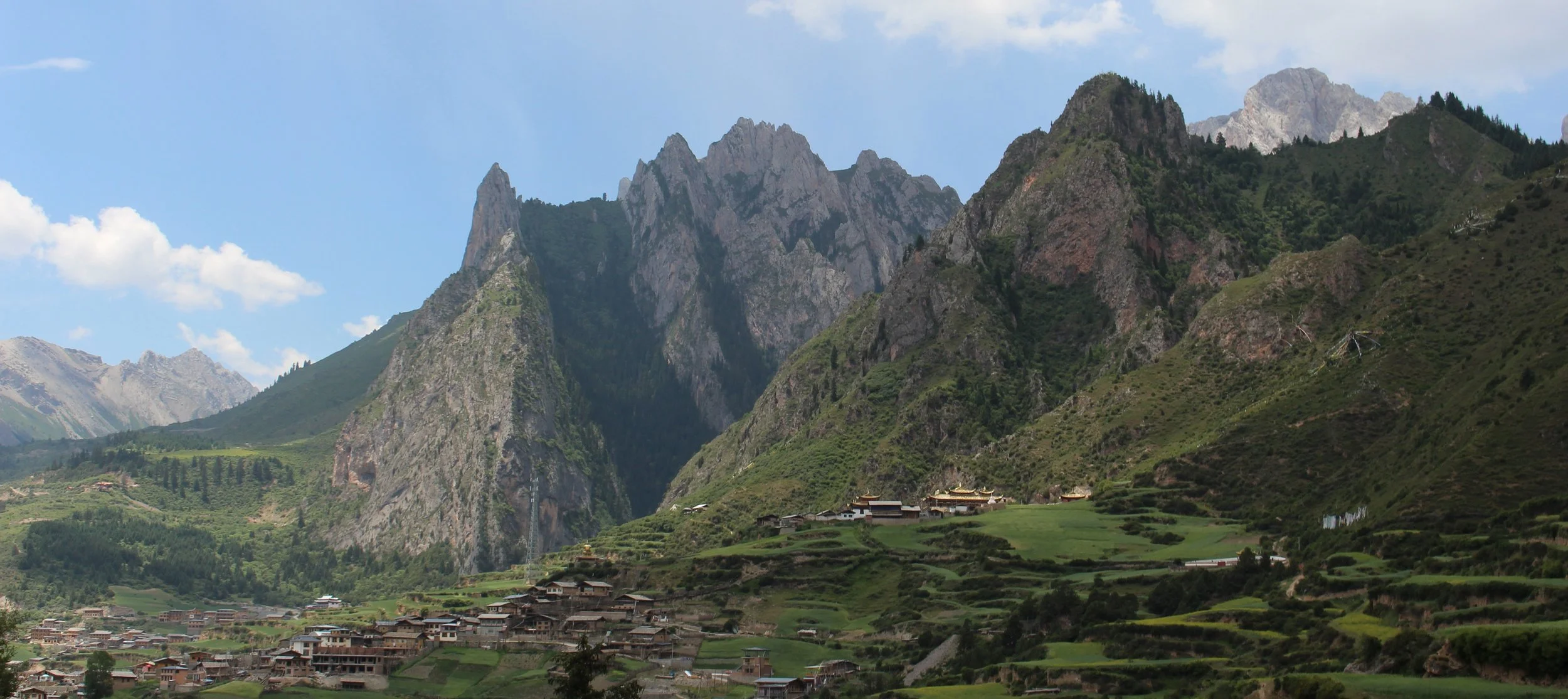
PaganTibet Glossary
What do we mean by “Pagan”?
While there is a general consensus among Tibetans that Bön was the autochthonous religion of their land, Bönpo scriptures and their exegetes make a categorical distinction between the Bön they believe was promulgated by Tönpa Shenrab Miwo (ston pa gshen rab mi bo)—Yungdrung Bön—prior to the advent of Buddhism and the varieties of indigenous Bön that predated even his arrival. Modern Tibetan authors refer to these putatively more ancient beliefs and practices by the neologism Döme Bön (gdod ma’i bon), “archaic Bön,” or the textually attested Sipe Bön (srid pa’i bon), “Bön of the Sipa,” in which the term Sipa may signify the phenomenal world, the creation of the world, or a class of divinities. Many Buddhists, both historical authors and modern-day followers, make no such distinction and commonly charge Yungdrung Bön with subsuming the very features of “archaic” Bon which it explicitly disavows.
In order not to exacerbate this conflation we prefer to avoid altogether the use of “Bön” in relation to the Leu tradition in favour of the term “pagan,” which has the advantage of emphasising its local character while also acknowledging the uneasy relationship it has with monastic religion.
Non-Buddhist, non-Bon Tibetan traditions of a sacred or ritual character are, notoriously, nameless. Giving a name to a set of disparate practices carries the risk of reifying them and creating the illusion of a coherent, systematised religion. "Pagan" is used here as a convenient adjective and should not be seen to denote a follower of some organised creed called "Paganism". With reference to cults of indigenous divinities in Tibet, the names that are most commonly used are unsatisfactory. "Pre-Buddhist" and "non-Buddhist" are inadequate for a number of reasons: the first not least because it begs important questions about the relative antiquity of the two traditions in the region, while the second fails to distinguish other forms of "non-Buddhism", such as Hinduism. "Popular" is perhaps even more misleading because of its implication that the cults of place-gods lie within the sphere of public activity, whereas they are in fact quite specialised fields. Whatever its shortcomings, "pagan" at least expresses the essentially local character of these cults (the Latin pagus could be very acceptably rendered by the Tibetan word yul), and also suggests an ethos that is at odds with the tenets of high religion, whether Buddhism or Bon.
Where is “Tibet”?
The name “Tibet” is used to mean different things by different authors. In its narrowest application, it denotes the administrative entity known as the Tibet Autonomous Region (TAR) that was created in 1965 in the People’s Republic of China, and which is coextensive with the territory ruled by the Ganden Phodrang government of the Dalai Lamas. Others, such as the CTA (Central Tibetan Administration), formerly known as the Tibetan Government-in-Exile, consider “Tibet” to cover a far larger area – roughly twice the size of the TAR – corresponding to the part of the Tibetan Empire (7th to 9th centuries) that lies within the borders of the PRC. Others still use it as a shorthand form for what is sometimes called “ethnographic Tibet,” includes linguistically and culturally Tibetan areas outside the PRC, notably in Nepal, India, Bhutan and Pakistan. While our use of “Tibet” will be cautious, with the geographical range being specified in any given context, the adjective “Tibetan” is used more liberally to refer to (for example) cultural or linguistic features that may extend well beyond the narrower territorial definitions given above.
